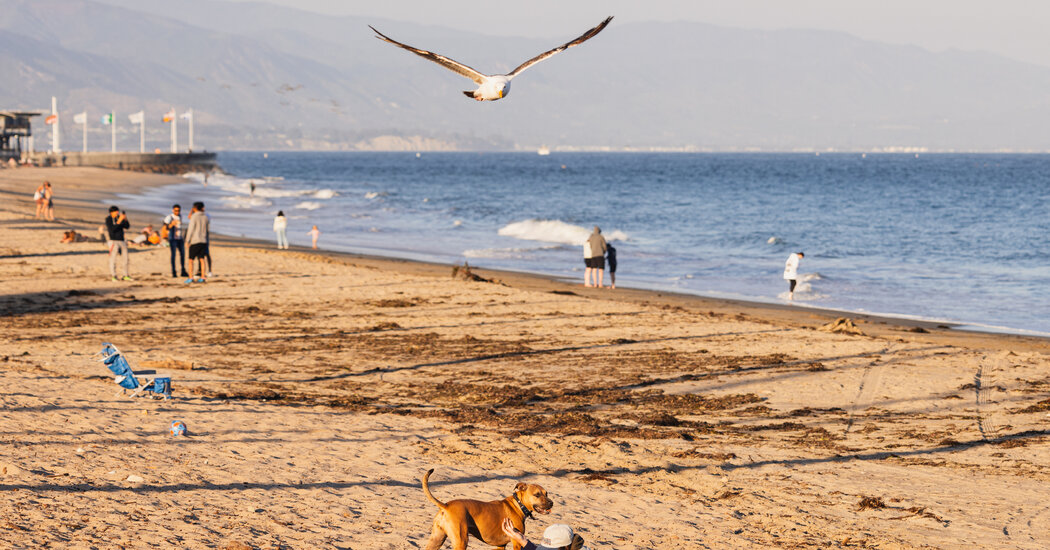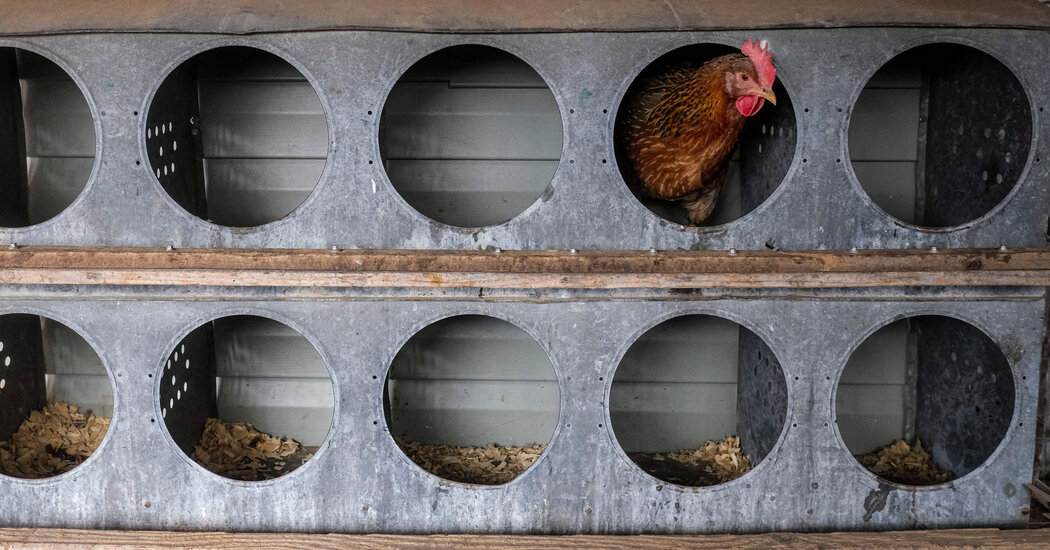The past summer was the hottest ever in the Northern Hemisphere.
In fact, scientists announced last week that June, July and August this year were the warmest on record globally, confirming that the horrific heat waves in many places were as awful as they seemed.
But, as you’re probably already aware, the summer didn’t bring record-breaking heat to California.
Some daily temperature records were broken in July in Palm Springs, Anaheim and Redding, but overall, the Golden State actually enjoyed its coolest summer since 2011, said Dan McEvoy, a researcher with the Western Regional Climate Center. That’s a particularly big relief after three consecutive summers that all ranked among our 10 most sizzling on record.
The northern third of California was warmer than usual (compared with the past 30 years) because of a high-pressure system over the Pacific Northwest that reached into the northernmost parts of the state, McEvoy told me. But Southern California experienced below-normal temperatures, from low-pressure systems over the region throughout the summer and from the cooling effect of Hurricane Hilary, he said. (Much of Southern California was also uncharacteristically cloudy this summer, with ordinarily sunny places like San Diego experiencing prolonged bouts of overcast skies.)
There isn’t a whole lot to make of California’s seasonal reprieve from the heat, other than that there are year-to-year fluctuations within an overall warming trend, especially at the local level. In other words, California is still experiencing the effects of climate change and generally getting hotter, even if this summer didn’t set records for scorching weather across the state, experts say.
“California has been hit hard in recent years, not so much this summer,” Daniel Swain, a climate scientist at U.C.L.A, told reporters last week. “But that won’t hold forever.”
And there’s an important caveat: The summer of 2023 was still pretty warm when compared with all recorded summers in California. It ranks as the 34th warmest summer in the past 129 years, McEvoy told me.
In other words, it may have seemed unusually cool partly because we’ve become accustomed to scorchers.
California’s 10 warmest summers, starting with the absolute hottest were: 2021, 2017, 2018, 2022, 2006, 2016, 2015, 1961, 1996 and 2020.
Where we’re traveling
Today’s tip comes from Karol Steadman, who recommends one of California’s many national parks:
“Hands down, my favorite place is Sequoia National Park. As a child, my family used to escape the Fresno heat by camping there. We would swim in one of the streams.
It’s so beautiful, and one can’t imagine how large those giant redwoods are until one gets close. Pictures can’t completely capture it. It’s humbling to sit near them. The woods are quiet and lovely, where it’s almost impossible not to ponder our place in the world.”
Tell us about your favorite places to visit in California. Email your suggestions to CAtoday@nytimes.com. We’ll be sharing more in upcoming editions of the newsletter.
Tell us
As an antidote to bad news, we’ve been collecting your stories of 2023 wins, big and small. Please send me your tales of delight at CAtoday@nytimes.com, and include your full name and the city where you live.
And before you go, some good news
A baby beaver sighting at Matadero Creek in Palo Alto is spawning new hope that the state’s beaver population could be rebounding, The Los Angeles Times reports.
The sighting earlier this month represents the first time in decades that the North American rodents have settled and repopulated in this region of the Bay Area, a promising development for California’s beaver population, which has been severely endangered since the late 1800s as a result of fur trading and aggressive removal campaigns.
Last year, the state started a new beaver restoration program, a move hailed by wildlife experts who have long seen the creatures as essential to maintaining a healthy ecosystem and stemming the effects of climate change. Called “climate heroes” by wildlife officials, beavers build dams and ponds that can help mitigate drought and wildfire and nurture local biodiversity.
The recent arrival of a beaver kit signals an exciting possible turning point in the state’s re-population effort and is a cause for celebration among ecologists and environmentalists.
“It’s unique that they’re establishing,” Emily Fairfax, an assistant professor at the University of Minnesota, said. “This is a stamp of approval to have a beaver move in.”
Thanks for reading. I’ll be back tomorrow. — Soumya
P.S. Here’s today’s Mini Crossword.
Maia Coleman and Briana Scalia contributed to California Today. You can reach the team at CAtoday@nytimes.com.











